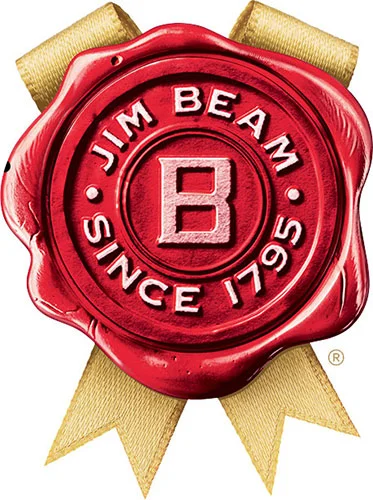There are many kinds of whiskey (or “whisky,” depending on where you’re from). Such as Scotch whisky, Irish whiskey, Tennessee whiskey, rye whiskey, bourbon whiskey, and, of course, Kentucky Straight Bourbon Whiskey. At Jim Beam, we’re pretty partial to those last two, and we want to tell you what separates bourbon from the rest.

